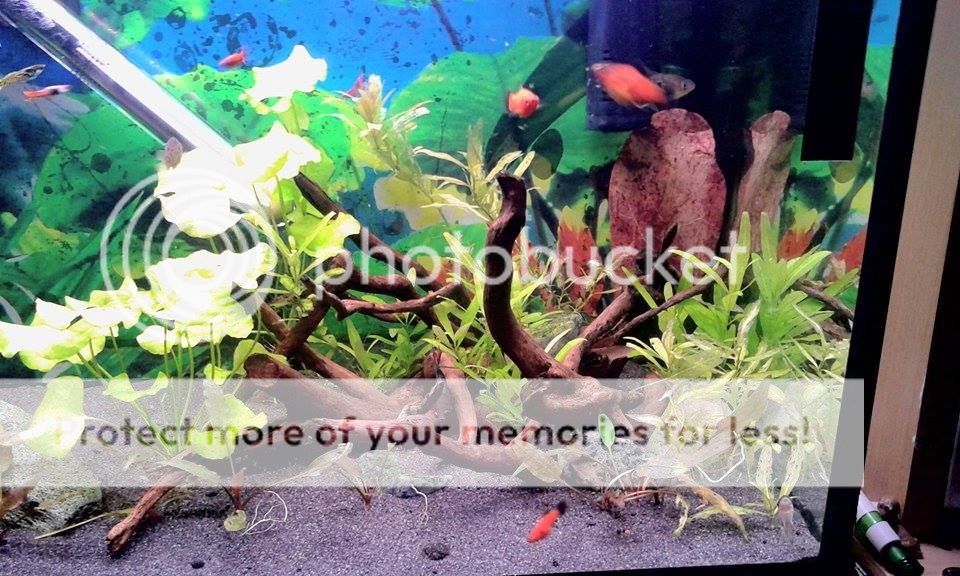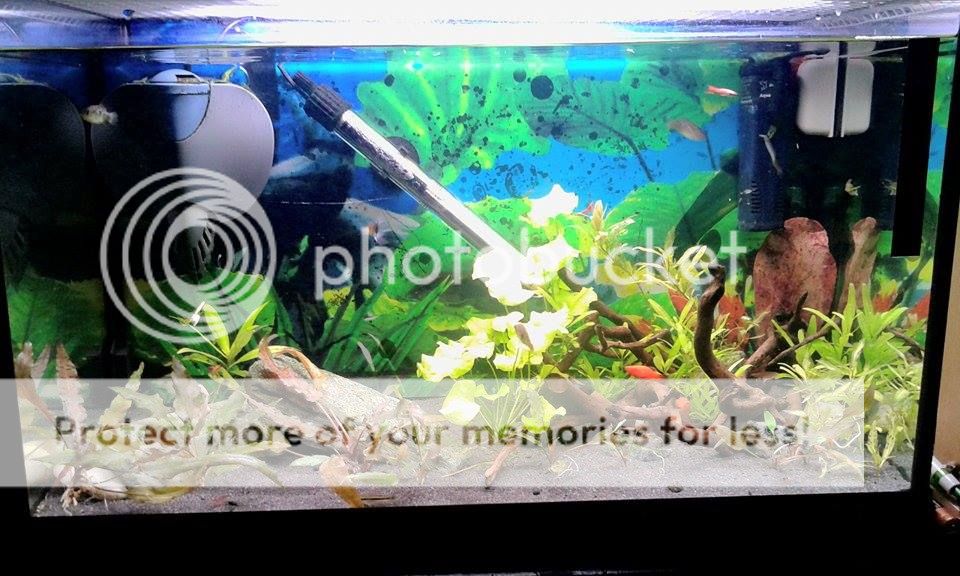If you are dealing with tannins, then there is a large amount of 'chemicals' that would need to be adsorbed. So, the frequency you need to change the carbon will be much higher. The timing for that, unfortunately, is completely a matter of guessing.
Here's a resource on the benefits of carbon, and recommendations on its use in the aquarium.
http /www.drtimsaquatics.com/resources/library-presentations/aquarium-hobby/activated-carbon
/www.drtimsaquatics.com/resources/library-presentations/aquarium-hobby/activated-carbon
I'll highlight a few things:
1 - be sure to have good mechanical filtration BEFORE the carbon, so that it does not become clogged.
2 - rinse the carbon weekly in tap water (no fears here, since you are changing it frequently, you aren't relying on it for biofiltration)
3 - change it every 2-3 weeks for 'heavy use'. I'd suggest your use is heavy.
But, I love tannins. (As do you as well, apparently, seeing your recent post)
I'd suggest not relying on the carbon to remove the tannins, and maybe just boosting your water change frequency or amount. As I see it, changing the water twice a week, or 50% weekly (whichever works for you) is a much cheaper method of removing the tannins. And you can use the old tank water on house plants or the garden (when the weather turns nice again). You get a double benefit from using the water change method, rather than the carbon. Probably a triple benefit, as I believe fish also benefit from large water changes, rather than the smaller ones.


 This is the whole amount of wood in the tank. In fact, below is a picture of the tank itself too. You'll have to excuse the state of the tank right now. As I said, a lot of my plants suffered from the tannins in the wood(I tried to keep it for a while and then had to do something) and I have recently had to get rid of BBA. I have more plants coming tomorrow or Saturday to fill it out a bit and a black background is definitely in order at some point... Tank is 2ft long, second hand hence the background...
This is the whole amount of wood in the tank. In fact, below is a picture of the tank itself too. You'll have to excuse the state of the tank right now. As I said, a lot of my plants suffered from the tannins in the wood(I tried to keep it for a while and then had to do something) and I have recently had to get rid of BBA. I have more plants coming tomorrow or Saturday to fill it out a bit and a black background is definitely in order at some point... Tank is 2ft long, second hand hence the background...
